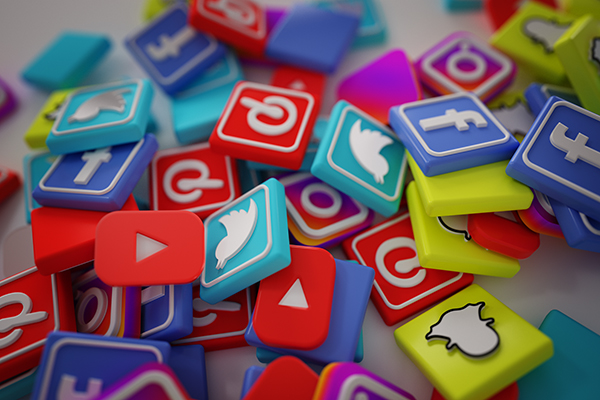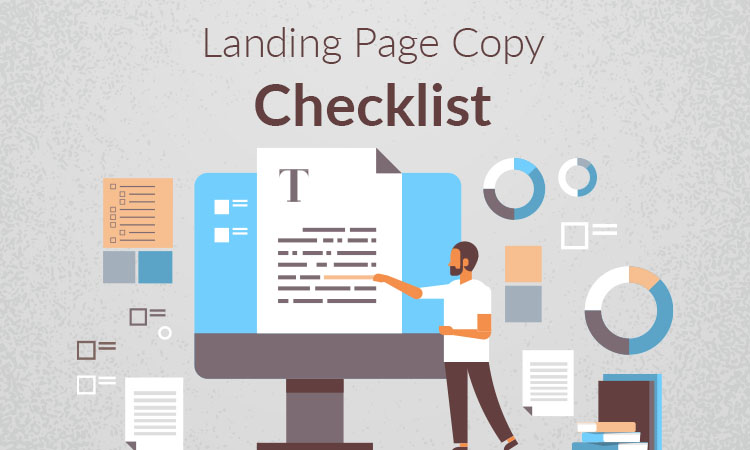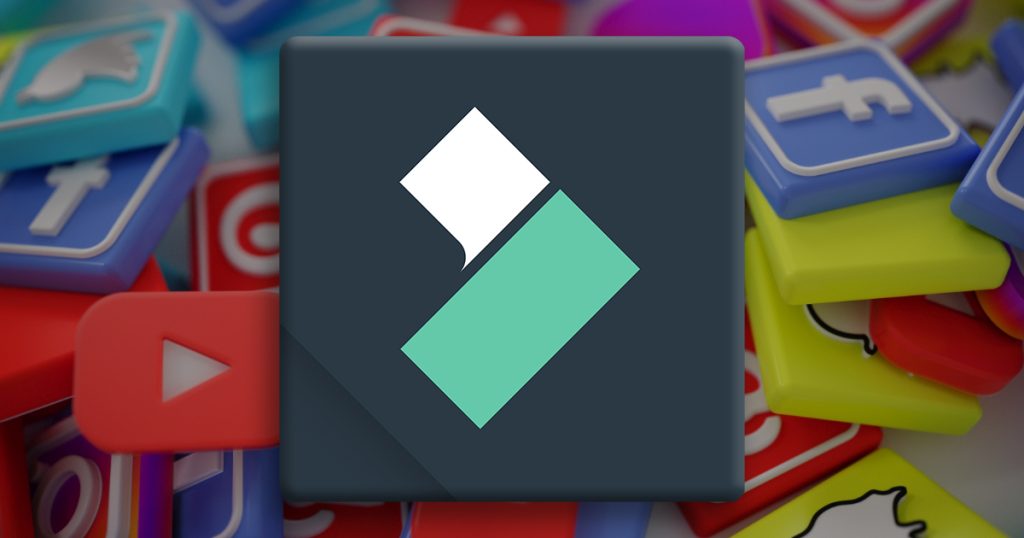Descartes knew one thing. He knew he was thinking, therefore he could be certain that, at least, he existed. Well, I’m certain of another. You have no product to sell. Oh, I’m certain you’ve written a bunch of code & connected it to various buttons. Most of you, and I say this with love, are wrongly selling these features to your customers. As far as marketing is concerned that’s wrong. You shouldn’t be selling features; you should be selling benefits. Don’t sell a product; sell a service.
Branding – increase market visibility
Sure, you can compete on the market by providing new features, and by providing more, for less money. But, as competition ramps up, branding becomes key in the game of who will win most customers. Compete with more than features & price, compete with experience.
Luckily, we humans are not completely rational beings, as much as economists would love that. And when we compare you to your competitors, we do not talk about whose phone has more RAM. We tell stories, about what our experience with your company, as a whole, was.
Now don’t misunderstand, it all starts with a good product, but your customers will experience much more than that. They’ll interact with your website, message your support team, etc. This experience, with the entirety of your service, is how people will remember your brand. More importantly, it is the story, that they will share with their friends & family.
We’re beings stuck somewhere between a god and a monkey. We enjoy hearing new ideas, about morality, politics, or technology, but we also need a bit of the feel, so that we care. We can understand what a 4GB mp3 player is, but we’ll only care what it lets us feel – 1,000 songs in our pockets. And that story, of your customer’s experiences, is who you are to them. It is your brand.
Branding – What’s in a Brand Name
Right about now, you must be asking yourself, much as Shakespeare did long ago, how something as arbitrary as a name, a simple word, can have any significance at all when compared to more tangible things such as features & qualities. You may have talked to others, or research on your own, what a brand is, and you’ll usually get a list of things for it such as:
- Brand logo & brand name
- Brand identity & brand design
- Brand vision & mission statements,
- Brand book,
- Brochures, business cards, merchendise
- Etc.
It can be endless, and it can cost anywhere between fifty to a million dollars. Usually, when you then ask these people, why you need it, what’s it benefits you’ll get a response such as “you just do” or at best “so that people can recognize you”. So, let’s talk about that for a bit, why do you need branding, really?
Apples & Oranges
Historically, the first, and main reason for branding are increasing a products/services value. To illustrate this, I’ll use the example, with which I first learned this principle – an orange.t about your brand. For some inspiration, take a look at these famous brands and their brand books.

Imagine yourself in a food market, absentmindedly you walk up to a stall, purchase an orange & go home. Back in your house, you decide to have that orange. Lo-and-behold, it’s the best damn orange you’ve ever had, sweet & sour tastes mixing just perfectly. As your week passes, your mind seems to drift back to the moment of your first bite over and over. As you can’t forget it you decide to go get another, but on your return, you realize you’ve forgotten which stall you got it from. You buy another orange, but sadly, it tastes just like any other orange. You’ve lost something magical, perhaps forever.
This is why labels – brands became a thing. We want a way to identify the products we’ve had good experiences with. In fact, that grocer may notice that not only would you become a repeat customer, but you might just pay double the market value, for those particular, delicious oranges, which you’ve grown to love. An orange, with that brand, has now increased in value.
In the Name of the Father, Son, and Holy Symbols
The second benefit comes from Freud. Specifically, from his explorations of religions, both modern & ancient, which he outlined in more detail in his seminal book Totem & Taboo. In it he notes on humanities use of symbols to convey complex ideas & meanings efficiently. In essence, symbols help us communicate efficiently. They are inherently meaningless, but we imbue them with meaning through the stories we tell about & around them.

A cross, shown to a person, who’s never heard of Christianity is just a meaningless shape, but to most it conveys an enormous amount of information. An entire religion, it’s teachings, commandments etc., and all of this has been attributed to it through storytelling.
A brand logo & brand name are much the same. They are inherently meaningless when they are first created. But with time, a budget & a story, they come to represent a whole lot to people. Thus, a good branding strategy will save you time and money, every time you’re trying to communicate your company’s products, services & values to people.
A Prayer, Every Morning
While stories initially imbue a symbol with meaning, rituals are what strengthens people’s connection to symbols & reinforce their meaning. A century ago, De Beers used stories/ads to imbue diamond rings with the meaning of love.
Great story, great impact, but here’s why you still need a diamond engagement ring, even if you & your significant other know about this, even a century later – the ritual of marriage. In the last century, the repetitions around marriage rituals have resulted in a myth so strong, it would be “weird” to not comply. We’ve seen it too many times, now it’s just a fact of life & De Beers keeps profiting from it.
Me or an Idea of Me?
Apple or Huawei, what’s the difference? They both look like technology companies, but are they really? I’d say Huawei is a tech company, with a good brand identity. Apple, however, is a branding company, with good tech. Its why Huawei’s customers choose it, when their product is the best (for them) in its category & will leave once that’s no longer true. Apple’s customers on the other hand don’t compare them to others, they buy them because they trust Apple to decide on what’s important to that category for them.
Even in their development & messaging, Apple has an easier job. They can simply look at their brand principles & let them be their guide. If it doesn’t align with their philosophy, it’s scraped. Thus, they can focus their creative efforts (& money) on “How do we say it?” rather than “What do we say?”. Needless to say, it seems to be working for them.
This internal philosophy expands a brand from the perception of others to our own perception of ourselves. Both parts are key, but this is the part we have the most control over.
Great, so How do I get Started?
Simple really, here are the 4 steps you need to do.
Step 1 – Defining Your Brand Identity
Start by asking yourself & your team a few questions.
- What do our customers need?
- How does our service provide that?
- Does it fully answer that need?
- Why do you want to provide this service in particular?
These questions will help you create your benefits. That’s the first part, your Why – your mission. If you’re a team of 1 you can do this yourself, if there are more people to it, get everyone’s opinion on it & find your group why.

Step 2 – Labeling
Next up, create a label for it. It doesn’t matter if this label is a word in the Arial font, as long as it’s memorable, you’ve hit the nail on its head.
Step 3 – Refining
Now merge your benefits with your brand, create stories, which you can use to communicate your brand & its value to your customers. You can include your team here as well by simply asking, why they chose to work (& continue to work) in your company.
Create new rituals around your brand symbols, or attach it to an existing one. Either way, if successful, your branding will last forever. These can be both external, for marketing purposes & internal, which boost employee experience. Remember, your employees are potentially your best ambassadors.
Step 4 – Realising
Finally, write it all down. If you’ve done the previous steps correctly, you should now realize you’ve been doing parts of it subconsciously all along. You & your team already have their reasons for working & how they go about it. Your brand is a representation of your company, and your company is a reflection of the people in it after all. The output of this step is a brand book.
What exactly is a brand book?
It’s a document that communicates what your brand is. Now don’t let the word book fool you, if you can summarise your brand in a few words, a post-it note with those words can be your brand book.
While agencies love to write 100-page documents about how company x represents synchronicity or something, none of that is key to the document. The important part is that it communicates the whole idea to anyone that needs to know it. If you are a company of 1, a bullet list of thoughts might be enough, if you need to share it with agencies & new hires, maybe a few pages & design rules (if they apply).
You get the picture, just write out who your company is, this will help remind you & teach new people what’s important about your brand. For some inspiration, take a look at these famous brands and their brand books.
Now that you understand the concept of branding and have your brand strategy in place, go out & tell your story to anyone and everyone. If, however, you feel like you need help with creating or spreading your message, you can contact us for help by clicking the button below.





![InVideo vs Wave.video - Comparison [2023]](https://goodish.agency/wp-content/uploads/2023/08/low_small-1024x683.jpg)


![Wave.video vs Filmora Comparison [2023]](https://goodish.agency/wp-content/uploads/2023/09/Low-2-1024x683.jpg)


